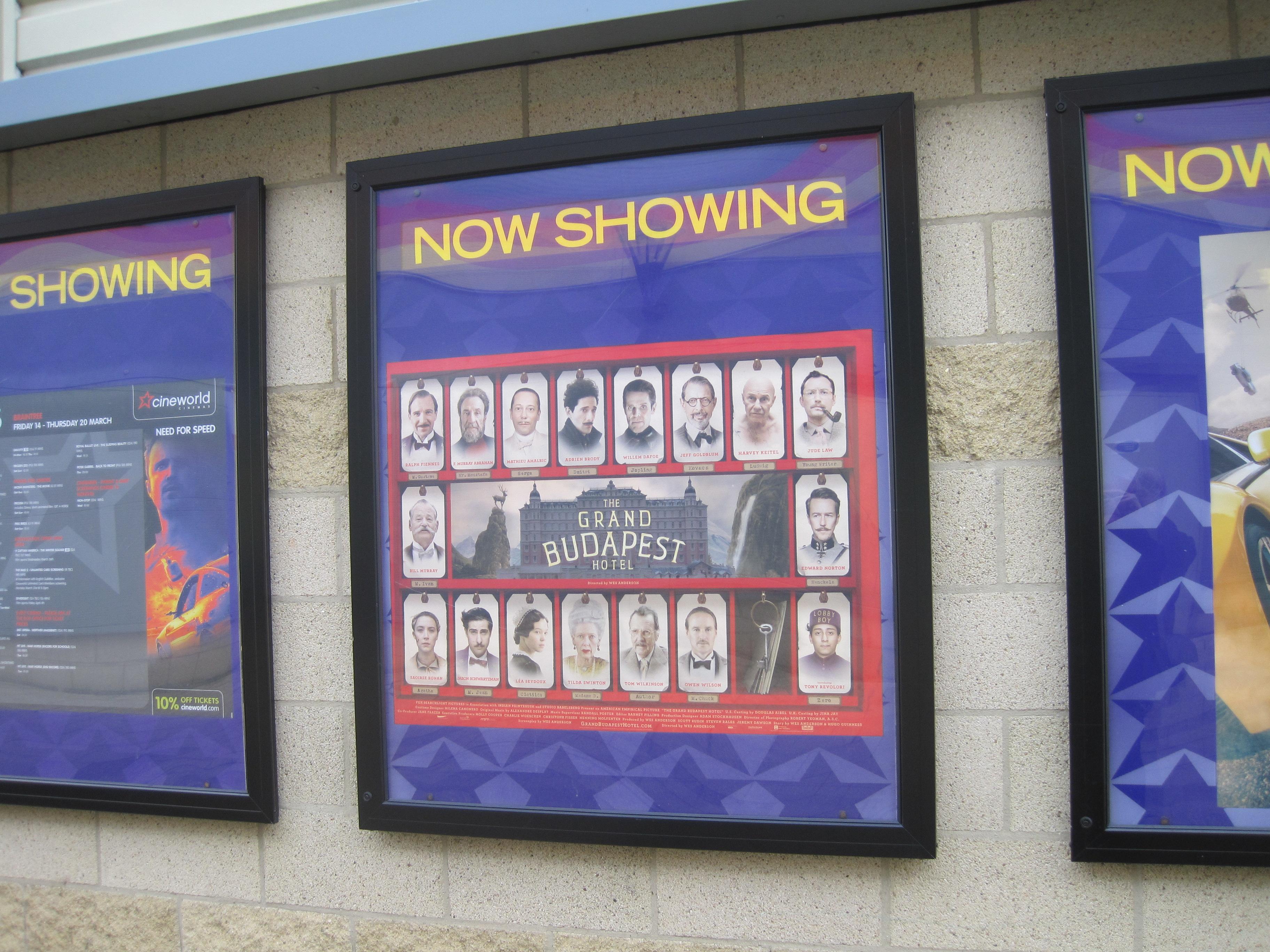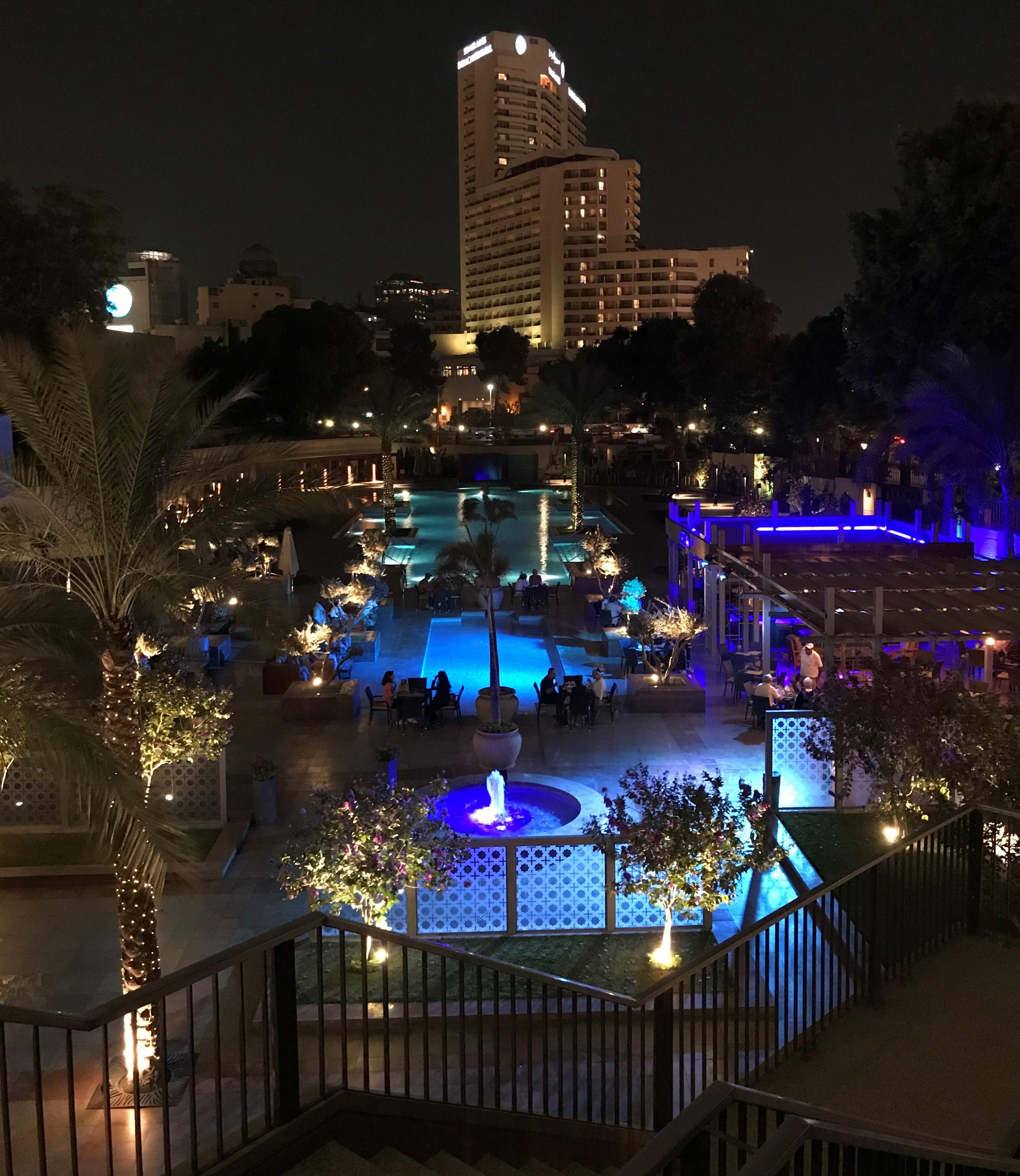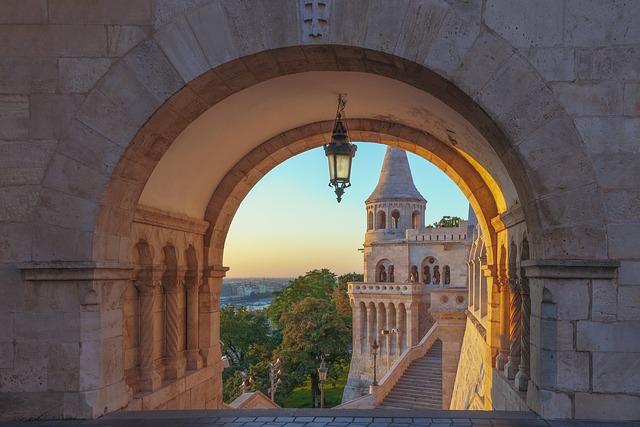Wes Anderson’s “The Grand Budapest Hotel” is a cinematic tapestry woven with threads of nostalgia, whimsy, and melancholy. Released in 2014, this film has captivated audiences with its vibrant visual style and intricate narrative. Yet beneath its pastel-colored veneer and meticulously crafted symmetry lies a profound exploration of loss and the ephemeral nature of beauty. This article delves into the tragic beauty of ”The Grand Budapest Hotel,” examining how Anderson’s unique storytelling and aesthetic choices evoke a sense of nostalgia while simultaneously confronting the inevitable passage of time. Through an analytical lens, we will explore how the film’s poignant juxtaposition of opulence and decay serves as a reflection on the broader human experience, inviting viewers to ponder the delicate balance between memory and loss.
Visual Aesthetics: A Symphonic Blend of Color and Composition
Wes Anderson’s “The Grand Budapest Hotel” stands as a testament to the director’s mastery over visual aesthetics, blending color and composition in a way that evokes both nostalgia and a profound sense of loss. The film’s palette, predominantly composed of pastel hues, acts as a visual metaphor for the fleeting nature of beauty and the impermanence of happiness. Anderson employs symmetrical framing and meticulous set design, creating a world that feels both meticulously crafted and poignantly fragile. The interplay of vibrant colors against the backdrop of the hotel’s decaying grandeur underscores the contrast between the past’s glory and the present’s melancholy.
- Color Palette: Pastel hues, often pinks and purples, evoke a dreamlike quality.
- Symmetry: Anderson’s characteristic symmetrical framing provides a sense of order amidst chaos.
- Set Design: The opulent yet deteriorating interiors of the hotel mirror the characters’ internal states.
By using these visual techniques, Anderson not only tells a story but also immerses the audience in a symphonic blend of color and composition, where each frame is a canvas that reflects the overarching themes of nostalgia and loss. The meticulous attention to visual detail enhances the emotional resonance, making the viewer acutely aware of the beauty that once was and the inevitable decline that follows.

Character Arcs: The Interplay of Comedy and Tragedy
In “The Grand Budapest Hotel,” character arcs deftly blend comedy and tragedy, creating a poignant narrative that underscores the film’s central themes of nostalgia and loss. The character of M. Gustave, portrayed by Ralph Fiennes, serves as a compelling focal point. His meticulous dedication to the hotel’s grandeur and his peculiar mannerisms inject humor into the story, yet his journey is laced with a profound sense of melancholy. As the story unfolds, the juxtaposition of Gustave’s whimsical personality with the looming shadows of war and societal decay accentuates the film’s tragic undertones.
Key elements of these character arcs include:
– Transformation: Characters like Zero, the lobby boy, evolve from innocence to experience, mirroring the hotel’s own decline.
- Loss: The demise of the hotel and the passing of characters reflect the broader theme of a lost era.
– Nostalgia: The vibrant past, depicted through the hotel’s heyday, contrasts starkly with the present, highlighting the ephemeral nature of beauty and happiness.
This interplay of comedy and tragedy not only enriches the characters but also deepens the viewer’s emotional engagement, making “The Grand Budapest Hotel” a cinematic masterpiece that resonates on multiple levels.

Historical Context: Reflecting on a Bygone Era
The narrative of “The Grand Budapest Hotel” is set against the backdrop of a fictional European country, Zubrowka, during the interwar period. This setting is pivotal, as it evokes a nostalgic longing for a world on the brink of irrevocable change. Wes Anderson masterfully captures the essence of this bygone era, using meticulous details and stylized aesthetics to transport the audience to a time of opulence and grandeur.
In this film, Anderson employs a multi-layered storytelling technique, blending elements of historical fiction with a wistful reflection on the passage of time. The grandeur of the hotel itself symbolizes a lost world, a sanctuary from the chaos that ensues outside its walls. Through its:
Elaborate decor
Period-specific costumes
* Exquisite cinematography
the film underscores the tragic beauty of an era that, while deeply flawed, is mourned for its lost elegance and civility. This historical context serves not only as a backdrop but as a character in itself, embodying the themes of nostalgia and loss that permeate the narrative.

Emotional Resonance: The Power of Nostalgia and Melancholy
The allure of The Grand Budapest Hotel lies in its meticulous construction of a bygone era, capturing the essence of a world that teeters on the edge of oblivion. Director Wes Anderson employs a rich tapestry of nostalgia and melancholy, weaving them seamlessly into the narrative to evoke a profound emotional resonance. The film’s aesthetic choices—vivid pastels juxtaposed with somber undertones—create a visual representation of a past both cherished and mourned. This duality is further emphasized through the character of Monsieur Gustave, whose dedication to the old-world elegance of the hotel mirrors a longing for a time that can never be recaptured.
Several elements contribute to the film’s nostalgic and melancholic atmosphere:
- Visual Style: The meticulous set design and symmetrical compositions evoke a sense of order and beauty, reminiscent of a meticulously crafted memory.
- Musical Score: Alexandre Desplat’s score, with its haunting melodies, underscores the film’s themes of loss and remembrance.
- Character Arcs: The characters, particularly Zero and Gustave, embody the transient nature of life and the inevitable passage of time.
In essence, The Grand Budapest Hotel serves as a poignant reminder of the impermanence of beauty and the bittersweet nature of nostalgia, encapsulating a world that exists only in memories and stories.































